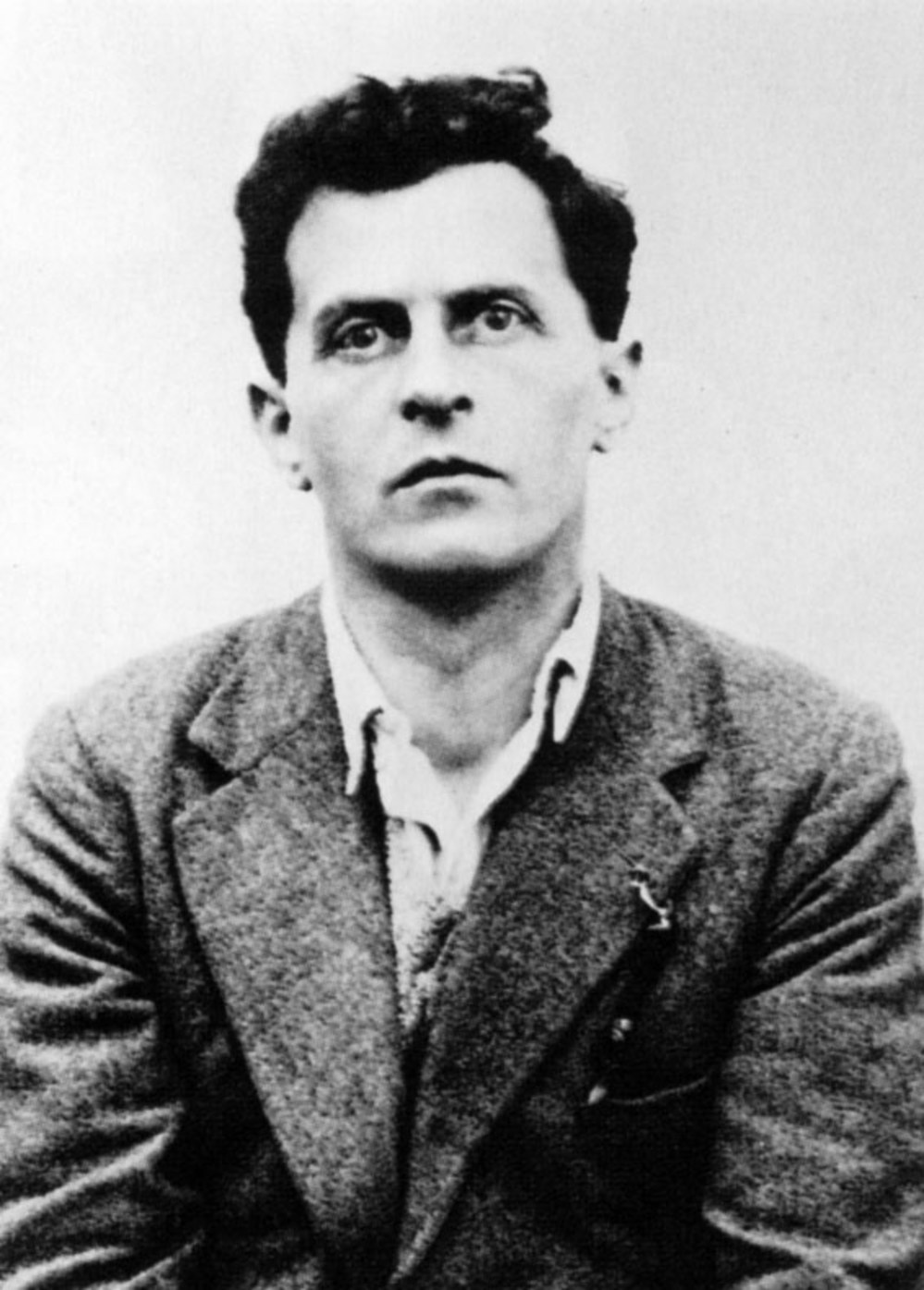by Isabelle Welch
Lost in communication- a brief summary of
Wittgenstein’s early works
 |
| Ludwig Wittgentein |
A lot of unhappiness in this world comes
about because we can’t let other people know what we mean clearly enough. One
of the philosophers who can help us is Ludwig Wittgenstein. He was a recluse,
he had a stutter, he would pause in the middle of sentences, and had a habit of
storming out if someone disagreed with him. Oddly perhaps, this was the ideal
formula for someone intent on studying what causes communication fails.
Wittgenstein was born in Vienna in 1889,
the youngest child of a wealthy, highly cultured, domineering businessman. Three of Wittgenstein’s four brothers
committed suicide, and w himself was frequently troubled by suicidal thoughts.
When he was young his father encouraged him down a path to engineering, which
he studied at Cambridge. Whilst he was at Cambridge his father passed away, and
he inherited a large sum of money, which he lay off to other family members and
a selection of young, ‘indie’, and often alcoholic, Austrian poets, before
moving to Norway to live in a recluse mountain hut. It was here that he
‘Tractus Logico-Philosophicus.’
‘Tractus Logico-Philosophicus.’ was a
short, beautiful and baffling work. The big question that he asked in was how
humans communicate to one another. His answer, which felt revolutionary for the
time, is that language works by triggering within us pictures of how things are
in the world. He came to this conclusion through reading a newspaper clipping
about a Paris court case in which, inn order to explain in greater efficacy the
details of a road accident, the court had arranged for the accident to be
reproduced visually: using model cars and pedestrians. It was a eureka moment.
For Wittgenstein, effective language is that,
that enables us to ‘make pictures of facts.’ For example, to say ‘the bench is
by the chip shop,’ paints a rapid sketch that, like the model, lets another
person see the situation in their mind and understand. We are constantly
swapping ‘pictures’ between us in this fashion, but the Paris court needed a
physical model for a very important reason: on the whole we are poor at
conveying accurate pictures in the minds of others.
Communication typically
goes wrong because other people have, as we put it, ‘the wrong picture’ of what
we mean. It can take an age for two people to recognize divergences over the simplest
of things. Problems of communication typically start because we don’t have a
clear picture of what we mean in our own heads. We often say quite meaningless
or muddled or unelaborated things, which therefor can go nowhere, in the minds
of others: ‘I am a spiritual sort of person.’ ‘I love fairness’ ‘I can’t even.’
There is another danger, which I’m sure any teen who has sat staring at a text
can relate too, that we read more meaning into the words of others that was
ever intended or that is warranted. You may tell your boyfriend that you had a
conversation with an ‘interesting guy,’ at last nights party, the picture in
your mind is an innocent one, but he may rapidly form a very different
impression.
The tractatus is a plea made by the awkward
Austrian to speak more carefully and less impulsively.

Comments
Post a Comment
Comments with names are more likely to be published.